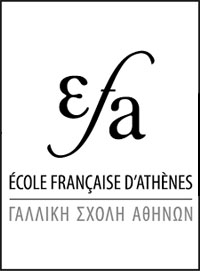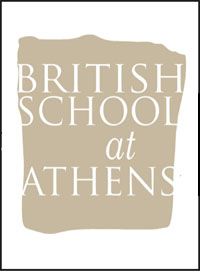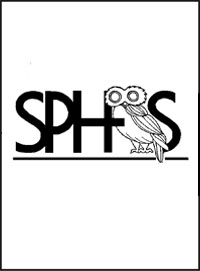FRANCHTHI CAVE - 2007
Informations Générales
Numéro de la notice
299
Année de l'opération
2007
Chronologie
Mots-clés
Nature de l'opération
Institution(s)
Toponyme
Notices et opérations liées
Description
Franchthi Cave. K. D. Vitelli (ASCSA) reports on continuing study and analytical programmes.
Comprehensive analysis of the fauna from trench H1B began with the lowest unit (unit 213) and progressed upward. Full taphonomic analysis was undertaken on every 3rd unit, while a more restricted analysis was recorded for the remaining units. By the end of the 2007 season, full taphonomic analysis was completed for 2,407 specimens from 16 units. Restricted analysis was completed on an additional 1,492 specimens. In order of decreasing frequency, the most common taxa include: hare (Lepus sp.); birds (partridge and pigeon [Columba livia], in particular); red deer (Cervus elaphus); wild ass (Equus hydrantinus); tortoise (Testudo graeca); wild cattle (Bos primigenius) and wild boar (Sus scrofa).
Research on shells and ornaments (C. Perlès) continued: the sequences in H1A and FA were completely studied for the Pal and rarer Mes species. For the much more numerous Cyclope shells a sample of ca. 2,100 individual specimens was recorded for the Lower and Upper Mes and a record of all FMes specimens was completed. All the micromolluscs from H1B were identified and counted, and all food shells were resorted to establish the proportions of burnt specimens Finally, samples were assembled for a major programme of C14 redating.
Comprehensive analysis of the fauna from trench H1B began with the lowest unit (unit 213) and progressed upward. Full taphonomic analysis was undertaken on every 3rd unit, while a more restricted analysis was recorded for the remaining units. By the end of the 2007 season, full taphonomic analysis was completed for 2,407 specimens from 16 units. Restricted analysis was completed on an additional 1,492 specimens. In order of decreasing frequency, the most common taxa include: hare (Lepus sp.); birds (partridge and pigeon [Columba livia], in particular); red deer (Cervus elaphus); wild ass (Equus hydrantinus); tortoise (Testudo graeca); wild cattle (Bos primigenius) and wild boar (Sus scrofa).
Research on shells and ornaments (C. Perlès) continued: the sequences in H1A and FA were completely studied for the Pal and rarer Mes species. For the much more numerous Cyclope shells a sample of ca. 2,100 individual specimens was recorded for the Lower and Upper Mes and a record of all FMes specimens was completed. All the micromolluscs from H1B were identified and counted, and all food shells were resorted to establish the proportions of burnt specimens Finally, samples were assembled for a major programme of C14 redating.
Auteur de la notice
Catherine MORGAN
Références bibliographiques
Unpublished field report, ASCSA
Date de création
2009-12-01 00:00:00
Dernière modification
2024-02-16 08:20:32








